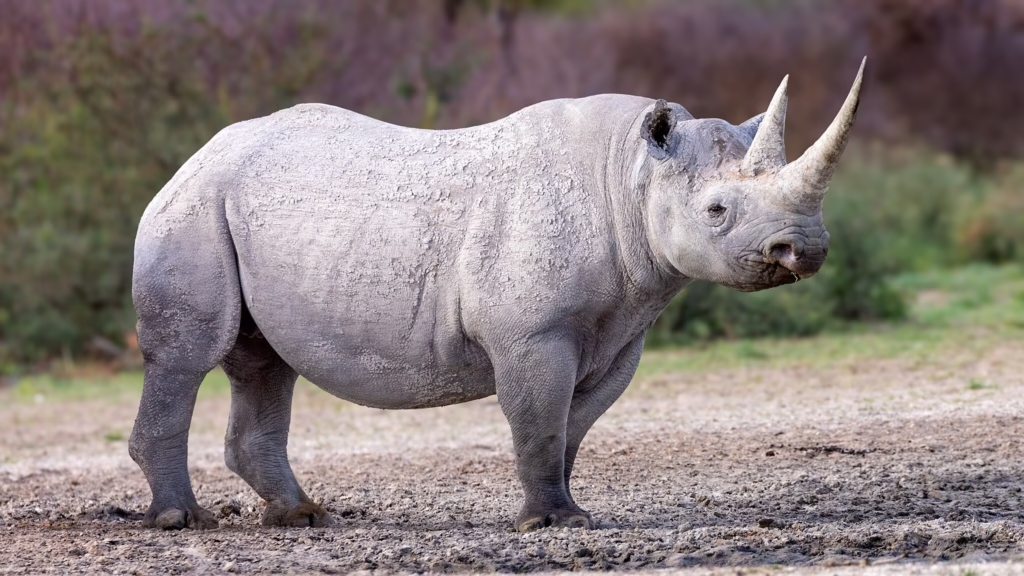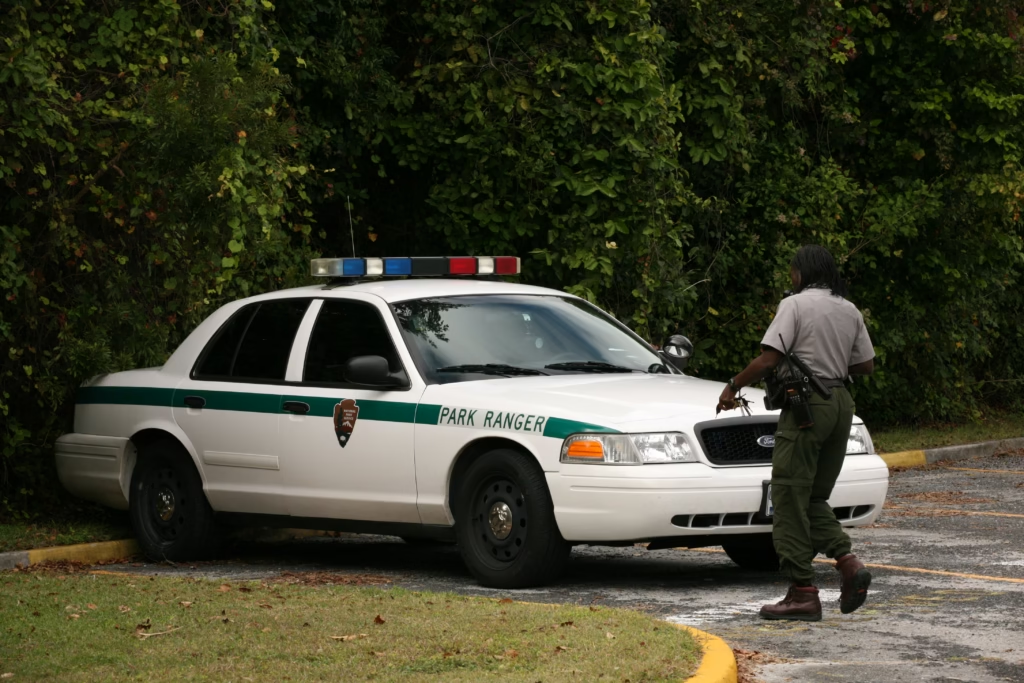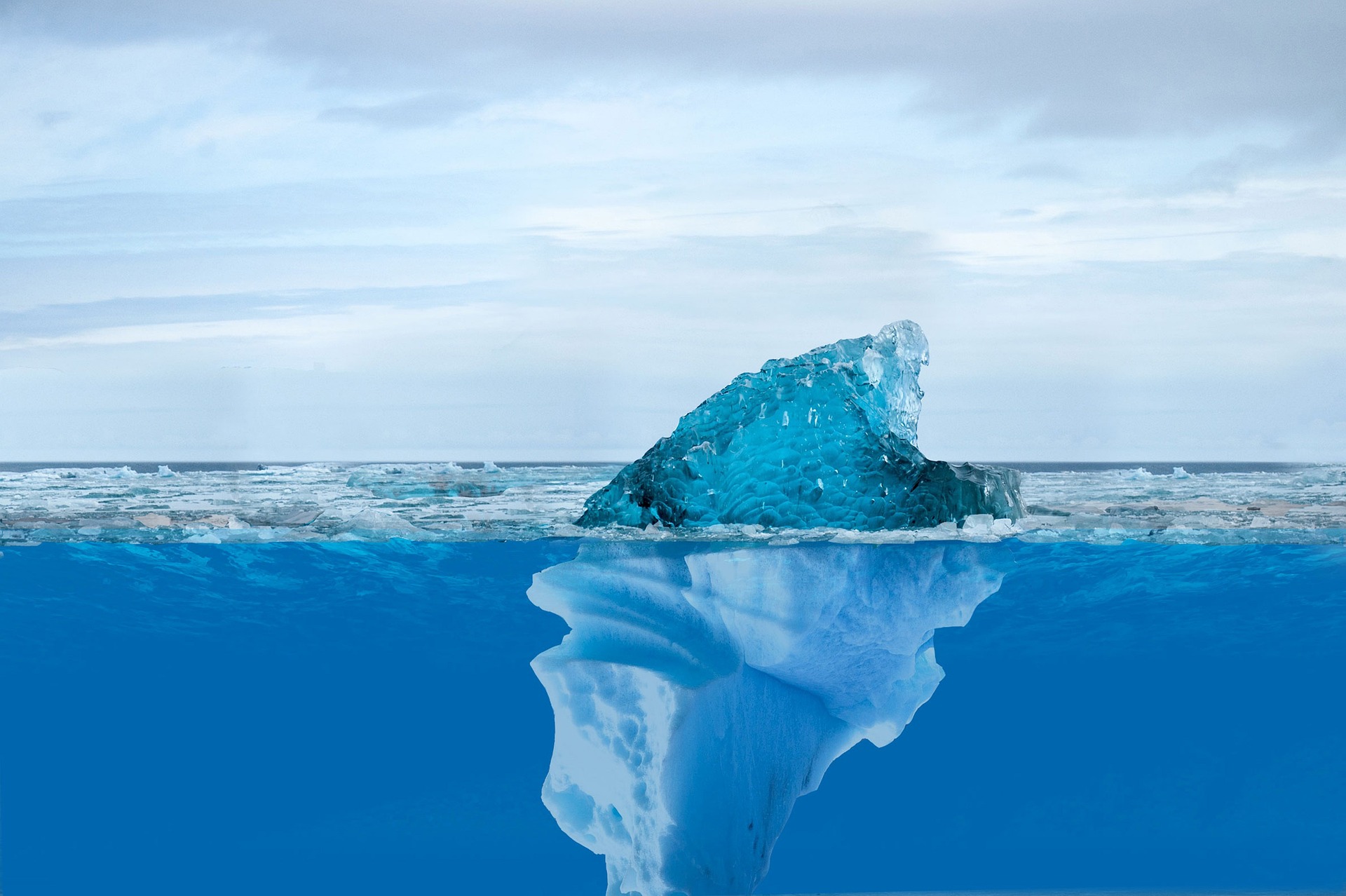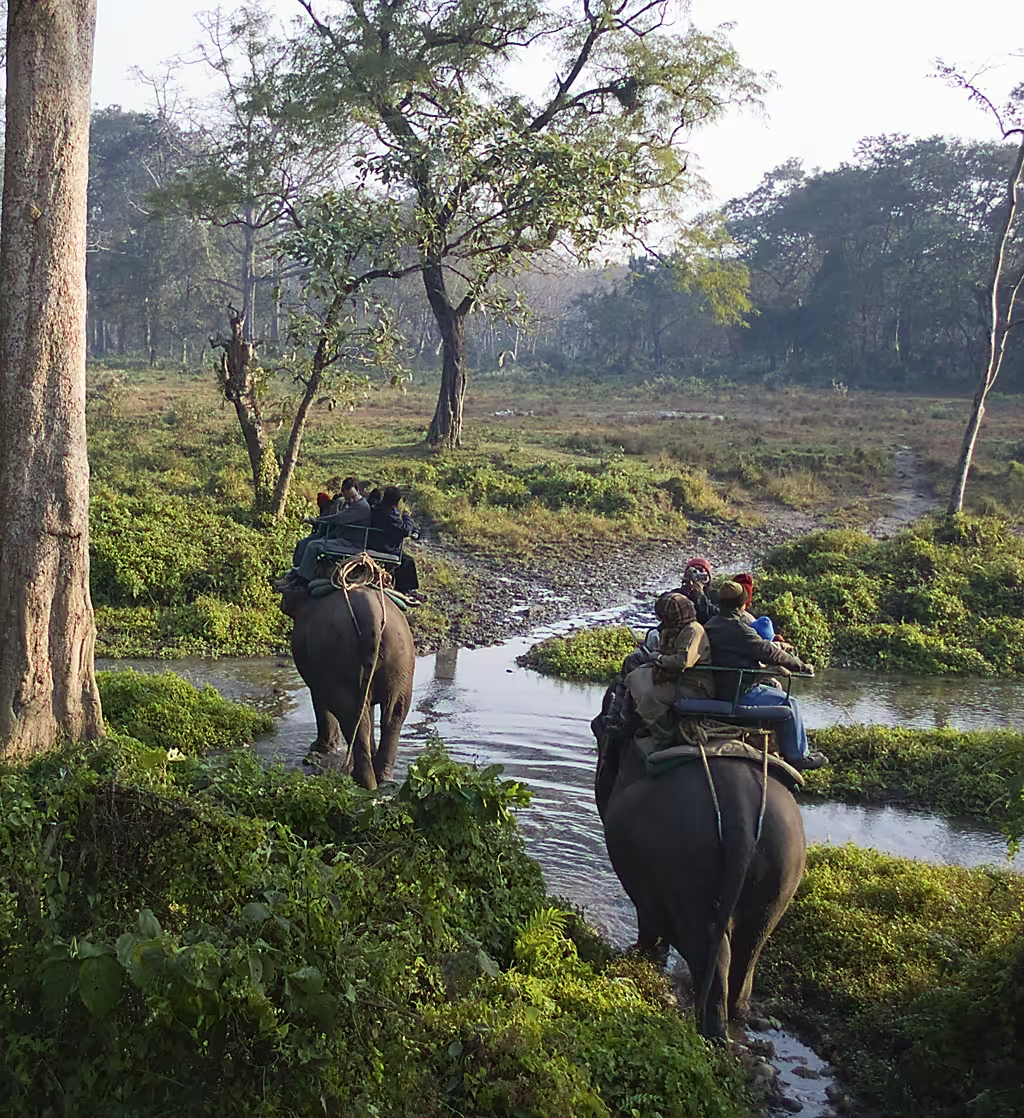Introduction
The world is full of amazing animals, from tiny insects to giant predators. Each species plays an important role in nature, from pollinators like bees helping plants grow to predators like tigers keeping prey populations in balance. But many animals are in danger of disappearing forever. If this happens, it could hurt the environment, change the climate, and even affect human life.
Right now, over 44,000 species are at risk of extinction. Animals are losing their homes because of deforestation, getting hunted illegally, struggling with climate change, and coming into conflict with humans. Losing these animals disrupts the natural balance necessary for all life to thrive.
Thankfully, many people are working hard to protect endangered animals. Park rangers, scientists, and local communities are fighting every day to save species. For example, the black rhino in Namibia was almost wiped out by poachers, but thanks to strong conservation efforts, its population is growing again. This shows that when people take action, they can make a real difference.

Page URL: https://commons.wikimedia.org/wiki/
Attribution: AfricanConservation, CC BY-SA 4.0 https://creativecommons.org/licenses/by-sa/4.0, via Wikimedia Commons
What Is Threatening Wildlife?
Many of the dangers animals face today are due to human activities. Here are some of the biggest threats:
- Habitat Destruction: Animals Losing Their Homes
People are cutting down forests, expanding cities, and using more land for farming. This destroys the homes of many animals. According to the Food and Agriculture Organization (FAO), the world lost around 4.1 million hectares of forest per year between 2015 and 2020, with India experiencing deforestation mainly due to urbanization, agricultural expansion, and infrastructure projects. This leaves many species struggling to survive.
- Illegal Hunting and Wildlife Trade
Some animals, like elephants, rhinos, and pangolins, are hunted illegally for their body parts. Others, like parrots and turtles, are taken from the wild and sold as pets. The illegal wildlife trade is estimated to be worth between $7 billion and $23 billion each year, according to reports from the World Bank and the United Nations Office on Drugs and Crime (UNODC), making it one of the biggest criminal businesses in the world.
- Climate Change: Nature’s Big Disruption
As the Earth gets hotter, many animals struggle to survive. Ice is melting in the Arctic, making it harder for polar bears to hunt. Coral reefs are dying due to rising ocean temperatures. Some animals can’t adapt fast enough, which puts them at risk of extinction.
- Conflict Between Humans and Animals
As cities and farms grow, animals and people come into contact more often. Elephants may damage crops, lions sometimes attack livestock, and wild animals occasionally enter towns. These encounters can lead to economic losses for communities and pose risks to both humans and animals.
To address this issue, the Indian government and conservation organizations have taken several steps. They have introduced compensation programs to support farmers affected by wildlife damage. Additionally, they are developing wildlife corridors to reduce human-animal conflicts. Advanced technology, such as early-warning systems, is also being used to help prevent dangerous encounters between people and wild animals. Instead of harming the animals, solutions like relocating them safely or using protective barriers are being encouraged under the Wildlife Protection Act of 1972.
- Pollution and Its Dangers
Pollution is a serious problem for wildlife. Every year, between 8 and 12 million tons of plastic end up in the ocean. Sea turtles and other marine animals mistake plastic for food, which can be deadly. Chemicals from factories and farms can also poison the environment, making it hard for animals to survive.
Without action, many species could disappear forever. But if people work together, there is still hope.
Who Is Protecting Wildlife?
Saving animals isn’t just one person’s job—it takes a team of dedicated people working together.
- Park Rangers and Anti-Poaching Teams
Park rangers protect animals by stopping illegal hunting and guarding national parks. Their work is dangerous, and while global estimates suggest that 100–150 rangers lose their lives each year while protecting wildlife, country-specific data is more accurate. In India, incidents of ranger deaths have been reported, especially in conflict zones where poaching and illegal logging occur. Government reports and conservation groups provide detailed insights into these challenges.

Page URL: https://commons.wikimedia.org/wiki/
Attribution: Daniel Schwen, CC BY-SA 4.0 https://creativecommons.org/licenses/by-sa/4.0, via Wikimedia Commons
🔹 Example: In South Africa, an all-female group called the Black Mambas patrols nature reserves to stop poaching and teach communities about conservation.
- Scientists and Conservationists
Scientists study animals and find ways to help them survive. They track populations, restore habitats, and run breeding programs for endangered species.
🔹 Example: Thanks to conservation efforts, the giant panda’s status changed from “Endangered” to “Vulnerable” in 2016 because of better habitat protection and breeding programs.
- Local Communities
People who live near wildlife often play a big role in protecting it. Many indigenous communities have lived in harmony with nature for centuries and use their knowledge to help conservation efforts.
🔹 Example: In Namibia, local communities manage conservation areas that protect animals while allowing ecotourism to bring in money.
- Conservation Organizations and Governments
Groups like the World Wildlife Fund (WWF) and governments around the world help enforce laws to protect animals and their habitats.
🔹 Example: The Convention on International Trade in Endangered Species (CITES) helps control the trade of endangered animals and plants to prevent their extinction.
- Technology and Innovation
New technology is helping protect wildlife like never before. Drones, satellites, and artificial intelligence (AI) track animal movements and spot poachers before they can harm animals.
🔹 Example: The SMART system (Spatial Monitoring and Reporting Tool) uses real-time data and AI to help conservation teams fight poaching more effectively.
How Can You Help?
Protecting wildlife isn’t just for scientists and rangers—everyone can help! Simple actions like reducing plastic use, supporting eco-friendly products, or planting native trees can make a big difference in preserving habitats and protecting endangered species. Here’s how you can make a difference:
✅ Support Conservation Groups – Donate to organizations like WWF or The Jane Goodall Institute.
✅ Spread Awareness – Talk about conservation, share stories, and watch wildlife documentaries.
✅ Live More Sustainably – Use less plastic, buy eco-friendly products, and eat less meat.
✅ Volunteer for Conservation – Join local cleanup efforts or help with habitat restoration projects.
✅ Stand Up for Wildlife Protection – Sign petitions, support laws that protect animals, and vote for leaders who care about the environment.
Wildlife conservation is a fight that requires everyone to work together. By taking action, we can help protect the amazing animals that make our planet so special.
Share the knowledge with

